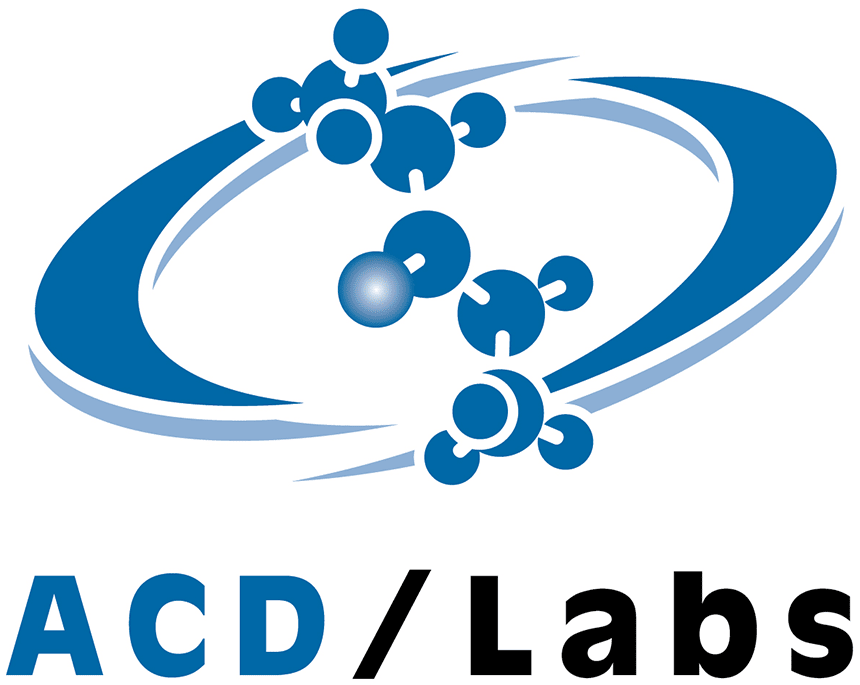Drug-to-antibody ratios (DAR) of antibody-drug-conjugates (ADCs) are important for their therapeutic efficacy and pharmacokinetics. Typically, the DAR of 2nd generation ADC such as Brentuximab vedotin (Adcetris®) is determined by hydrophobic interaction chromatography (HIC).
Comparably crucial, fragmentation and aggregation of ADCs have to be monitored. Given that, it is important for QC purposes to obtain a satisfying resolution of the high and low molecular weight range. If fragmentation and/or aggregation is of interest, size exclusion chromatography (SEC) is the mode of choice.
In this application note the ADC peak is separated from an aggregate and fragment peak using a YMC-SEC MAB column. YMC-SEC MAB is designed to separate an antibody or as in this case an ADC from its aggregates and fragments in just one run. The column provides high resolutions for the high and low molecular weight range.
Two different mobile phase options are used, while the other parameters remain unchanged. The first mobile phase is fully aqueous and consists of 0.1 M phosphate buffer at pH 7 containing 0.2 M sodium perchlorate referring to Wang et al. as recommended by the FDA. They stated that the use of perchlorate works better than other chaotropic salts because they found it more effective in overcoming protein-column interactions [1].





